 The octopus (pronounced /ˈɒktəpəs/, from Greek Ὀκτώπους, 'eight-footed',[1] with plural forms: octopuses [ˈɒktəpʊsɪz], octopi [ˈɒktəpaɪ], or octopodes [ˌɒkˈtəʊpədiːz], see below) is a cephalopod of the order Octopoda that inhabits many diverse regions of the ocean, especially coral reefs. The term may also refer to only those creatures in the genus Octopus. In the larger sense, there are around 300 recognized octopus species, which is over one-third of the total number of known cephalopod species.
The octopus (pronounced /ˈɒktəpəs/, from Greek Ὀκτώπους, 'eight-footed',[1] with plural forms: octopuses [ˈɒktəpʊsɪz], octopi [ˈɒktəpaɪ], or octopodes [ˌɒkˈtəʊpədiːz], see below) is a cephalopod of the order Octopoda that inhabits many diverse regions of the ocean, especially coral reefs. The term may also refer to only those creatures in the genus Octopus. In the larger sense, there are around 300 recognized octopus species, which is over one-third of the total number of known cephalopod species.Octopuses are characterized by their eight arms (as distinct from the tentacles found in squidcuttlefish), usually bearing suction cups. These arms are a type of muscular hydrostat. Unlike most other cephalopods, the majority of octopuses — those in the suborder most commonly known, Incirrina — have almost entirely soft bodies with no internal skeleton. They have neither a protective outer shell like the nautilus, nor any vestige of an internal shell or bones, like cuttlefish or squid. A beak, similar in shape to a parrot's beak, is the only hard part of their body. This enables them to squeeze through very narrow slits between underwater rocks, which is very helpful when they are fleeing from morays or other predatory fish. The octopuses in the less familiar Cirrina suborder have two fins and an internal shell, generally reducing their ability to squeeze into small spaces. and
Octopuses have a relatively short life expectancy, and some species live for as little as six months. Larger species, such as the North Pacific Giant Octopus, may live for up to five years under suitable circumstances. However, reproduction is a cause of death: males can only live for a few months after mating, and females die shortly after their eggs hatch. They neglect to eat during the (roughly) one month period spent taking care of their unhatched eggs, but they don't die of starvation. Endocrine secretions from the two optic glands are the cause of genetically-programmed death (and if these glands are surgically removed, the octopus may live many months beyond reproduction, until she finally starves).
Octopuses have three hearts. Two pump blood through each of the two gills, while the third pumps blood through the body. Octopus blood contains the copper-rich protein hemocyanin for transporting oxygen. Although less efficient under normal conditions than the iron-rich hemoglobin of vertebrates, in cold conditions with low oxygen pressure, hemocyanin oxygen transportation is more efficient than hemoglobin oxygen transportation. The hemocyanin is dissolved in the plasma instead of being bound in red blood cells and gives the blood a blue color. Octopuses draw water into their mantle cavity where it passes through its gills. As mollusks, octopuses have gills that are finely divided and vascularized outgrowths of either the outer or the inner body surface.

.jpg)

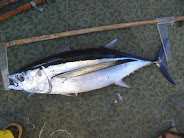

.jpg)
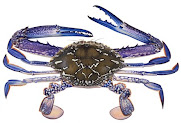.jpg)
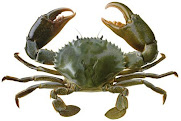.jpg)
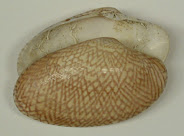






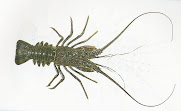
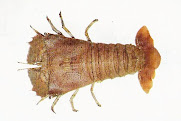


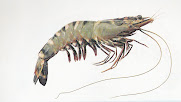

0 comments:
Post a Comment